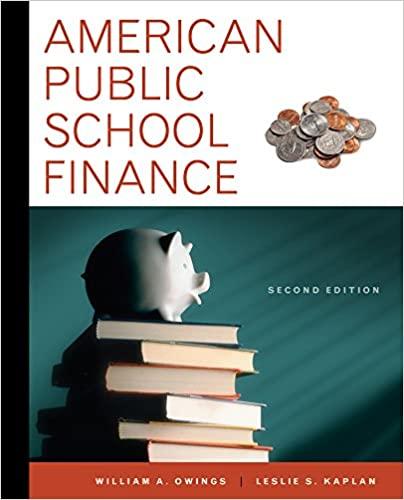Question
Before allocating human, financial, and time resources to a formal project evaluation, you are asked to calculate the average annual profitability of an investment with
Before allocating human, financial, and time resources to a formal project evaluation, you are asked to calculate the average annual profitability of an investment with the following information.
Production: Three versions of a domestic organic waste condenser for recycling will be manufactured, under the names Raya, Pala, and Suma. The first is aimed at shared use in apartment buildings and incorporates elements for mechanical displacement due to its larger cargo volume. An average of 3,600 units are estimated to be sold annually nationwide. The other two, although smaller and less complex in their manufacture, require a more sophisticated design for use in homes. Pala would mainly be promoted for residential houses with a backyard, where the compost would be utilized by the owner, and Suma would be targeted at individual apartments where the community does not purchase the Raya product. Annual sales are estimated at 6,300 and 9,000 units, respectively.
Costs: The Raya product would have a unit manufacturing cost of around $160. However, one of the components can be purchased directly from the manufacturer for quantities exceeding 3,000 units, reducing the unit cost to $155.
The Pala product has a cost of $48, and Suma costs $30. The supplier market study indicated that, on 5,000 units of packaging boxes, the unit cost is reduced by 10%. The economy of scale applies to both products but is not cumulative as the characteristics are different.
The project would operate in a rented warehouse. Its rent and all fixed costs are estimated at $448,000.
Investments: To manufacture the three products, machinery and equipment would be purchased for $432,000, factory furniture for $36,000, vehicles for $156,000, and office equipment and furniture for $120,000. For accounting purposes, they are depreciated over an average of eight, seven, ten, and six years, respectively. However, due to the intensive use that most assets will undergo or for image purposes, in the case of vehicles, it is estimated that they should be replaced every six, ten, four, and four years, respectively. At the end of their actual useful life, they will have a net liquidation value, net of taxes, of 5% of the invested amount for factory machinery and equipment, 0% for factory furniture, 20% for vehicles, and 10% for office equipment and furniture.
Prices: According to very preliminary market analysis, estimated selling prices are: Raya $300, Pala $80, and Suma $45.
The investments would be financed 40% with a loan at 9% annual interest, and the rest with equity, requiring a 12% return. Workers' participation is 15% on profits, and the tax is 25% on the balance.
With this information, calculate:
- Average annual NPV of the project.
- Average annual NPV of the investor (use only one of the methods).
- Percentage by which total sales can fall to break even.
- Percentage return of the project and the investor.
Step by Step Solution
There are 3 Steps involved in it
Step: 1

Get Instant Access to Expert-Tailored Solutions
See step-by-step solutions with expert insights and AI powered tools for academic success
Step: 2

Step: 3

Ace Your Homework with AI
Get the answers you need in no time with our AI-driven, step-by-step assistance
Get Started


